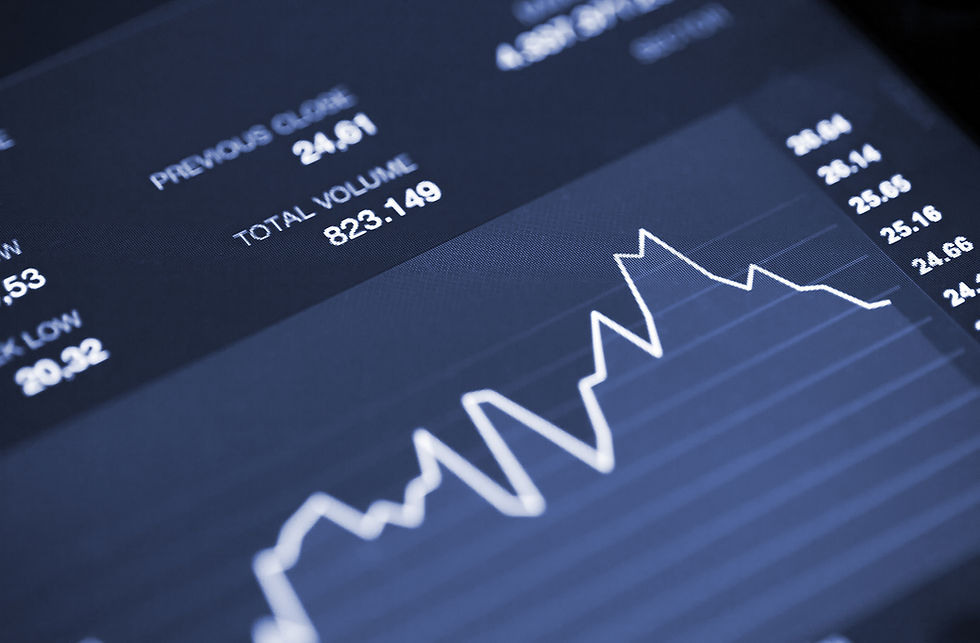Uncovering Hidden Market Patterns with AI: A Deep Dive into S&P 500 Trends
- SAMIR GILANI

- Feb 18
- 2 min read

Today, I decided to put ChatGPT to the test and see just how deep AI can go when analyzing markets and can it lead us to look into patterns that are not easily noticeable.
So I started with a simple question—how often does each month close positive or negative since 1995 for the S&P500?
ChatGPT initially suggested downloading data from Yahoo Finance, but when I asked for an alternative, it surprised me by generating a Python script for Google Colab that could automatically fetch and save the data as a CSV file. Pretty wild!
From there, I had it break down the number of times each month ended positive versus negative. April and May immediately stood out as consistently strong months for the market. But I wasn't convinced
I wanted to dig deeper. What happens after a negative month? Does the market tend to bounce back the following month? I had ChatGPT analyze month-to-month transitions from 2008 onward, and the results were eye-opening:
✅ March → April has ä 100% BOUNCE BACK Rate → Every time March was negative, April rebounded positive.
✅ October → November (87.5%) and November → December (80%) also showed strong recovery trends.

This stuff showed me that if you truly dive deep with AI, you can uncover some really fascinating market patterns that might otherwise go unnoticed.
However a few things to always consider
The key here is quantum of positive return and negative return. So March could be 0.01% down and April could be 0.1% up - not meaningful.
Also what needs to be considered is that it never tells you how volatile the month is. So April could potentially end up positive everytime (since its a point to point return) but it may have been down 5% midmonth!
Perhaps make CHATGPT run that query as well :)


Comments